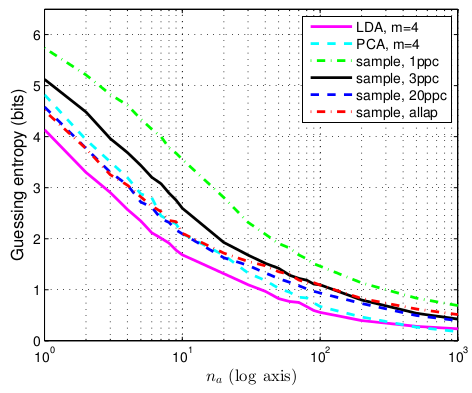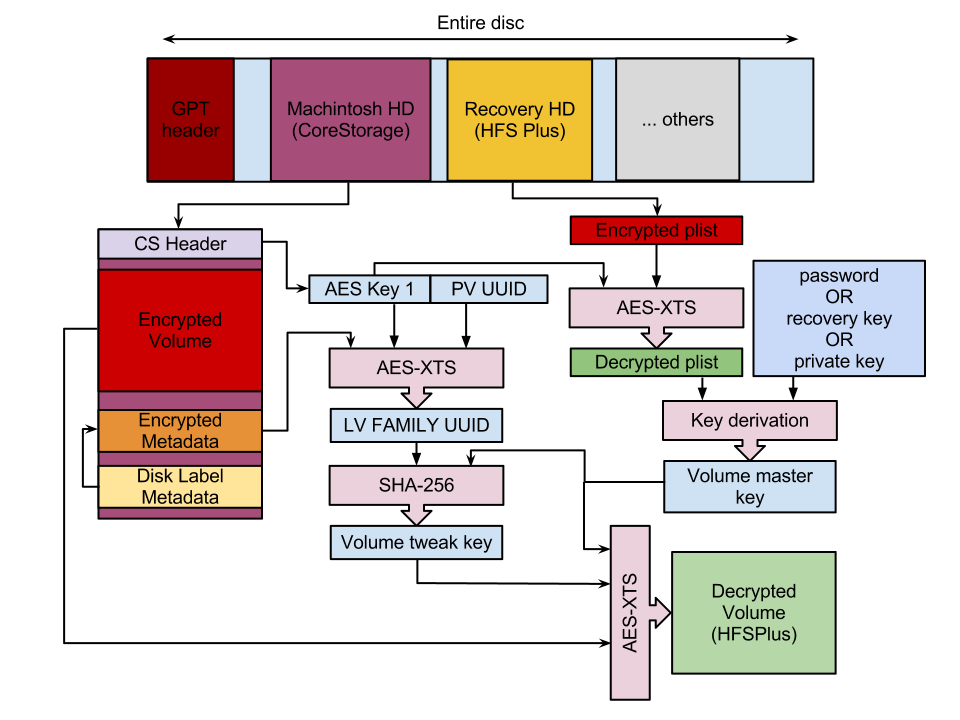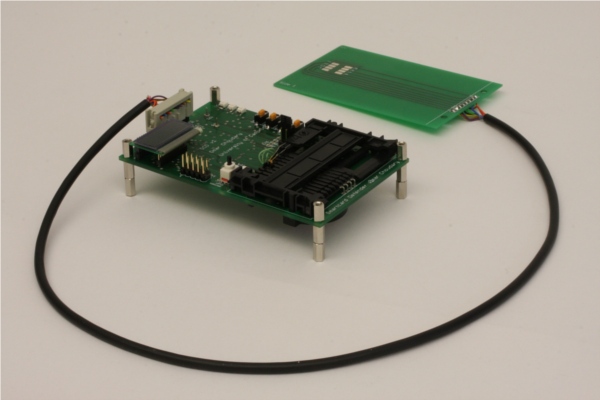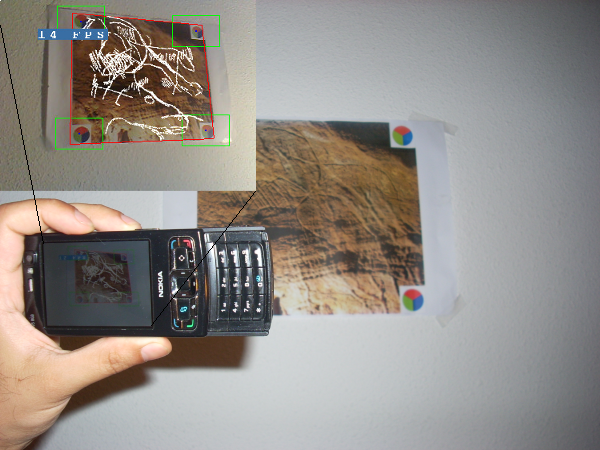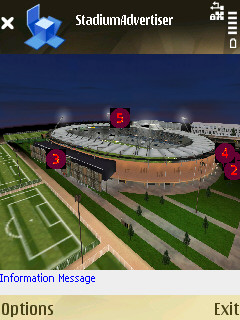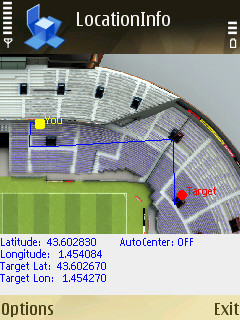Efficient Template Attacks
Together with Markus Kuhn, we have evaluated the ability of template attacks to infer an 8-bit data value processed by the Atmel XMEGA 256 A3U microcontroller, mounted on our own custom PCB.
We explored many algorithms for implementing the template attacks and we developed very efficient methods that lead to reduced evaluation time and very good results.
All our techniques, together with the results are presented in
this paper, presented at CARDIS
2013.
The raw data and MATLAB code used to implement the techniques described
in the paper are available at this link:
http://www.cl.cam.ac.uk/research/security/datasets/grizzly/
